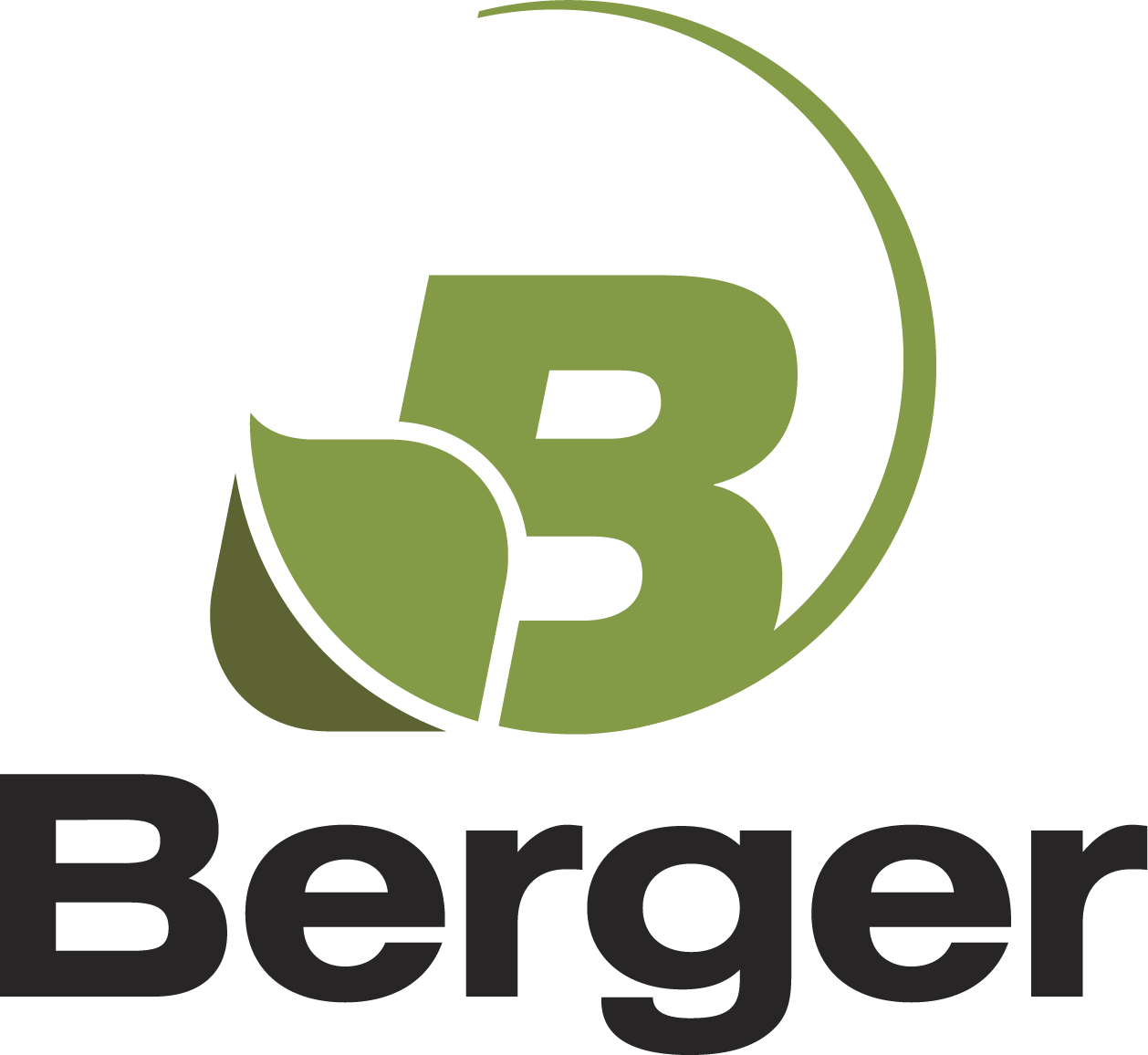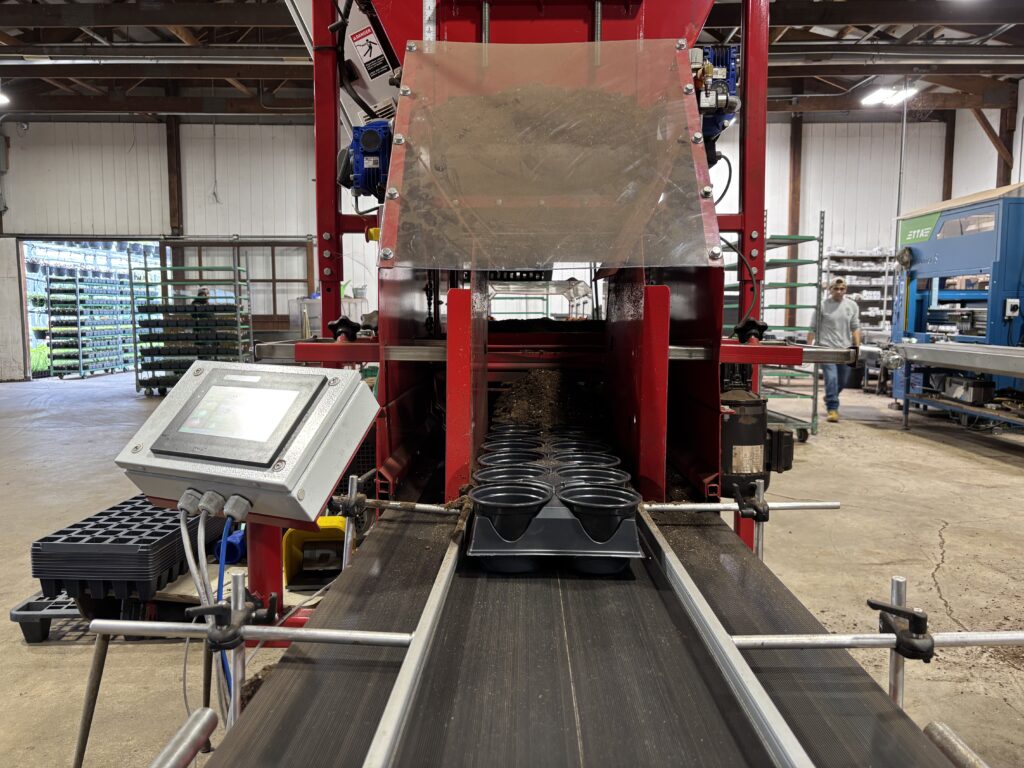From Field to CEA Berry Production
By John Bergman, Grower Advisor
What are soft fruits? This is a general term for strawberries, raspberries, blackberries and blueberries. This market segment is experiencing unprecedented growth here in North America and around the world. Soft fruits are one of the healthiest foods, low in calories, and high in fiber and vitamin C. What’s more, they are heart-healthy because they contribute to lowering blood pressure and cholesterol.
Controlled Environmental Agriculture (CEA) provides a better way for growers to meet the increased demand for fresh, tasty, high-quality berries that are available year-round. Growers are aiming to get production closer to end consumers to improve shelve life and give them tastier berries. Some of the better-tasting fruits do not ship very well. That is why growers are transitioning from growing these crops in the field to substrates within controlled environments.
Thanks to CEA and growing media, growers can increase the harvest window and even have year-round production with some berry crops, such as strawberries. Growing in substrates can reduce water usage, increase yield and quality, and reduce the use of pesticides. Also, when moving into substrate growing, growers can setup a more permanent infrastructure that will provide improvements to the crop environment, labor savings and better overall production efficiency. With strawberries for example, growers can set up a tabletop/trough system so that employees can harvest much faster and do not have to bend over as is the case in field production. Moreover, crop rotations are often needed in field productions to better manage pathogens or to adapt to the nutritional needs of their crops.
There are different solutions in terms of controlled environment used to grow soft fruits in substrates. From containers directly on the ground without cover to trough systems within high-tech greenhouse structures, you can start with minimal investment and gradually improve your system every year. Here are a few examples of structures that can be used.
Structure no1
High Tunnel
High tunnels are simple controlled environment with non-permanent structures that typically do not have a foundation or heating system. They are covered with a plastic film or some type of netting for insect and bird exclusion. High tunnels can lengthen the growing season, protect the fragile fruits from weather (rain, moisture, wind), and improve the shelf-life after harvesting. Crops grown in a high tunnel will require some type of irrigation system. Other growing systems and labor-saving practices can also be added to further improve results.
Structure no2
Greenhouse
Greenhouses are permanent structures that typically have heating and cooling systems for better temperature control, usually setup for year-round production. You can also have some type of lighting system to enhance yield as well as other labor-saving systems.
As you can see, there are many advantages to transitioning from field production to containers with growing media in a controlled environment. Here at Berger, we have teams of technical advisors and R&D researchers that can help with this transition and find the substrate that is best adapted to your production.

